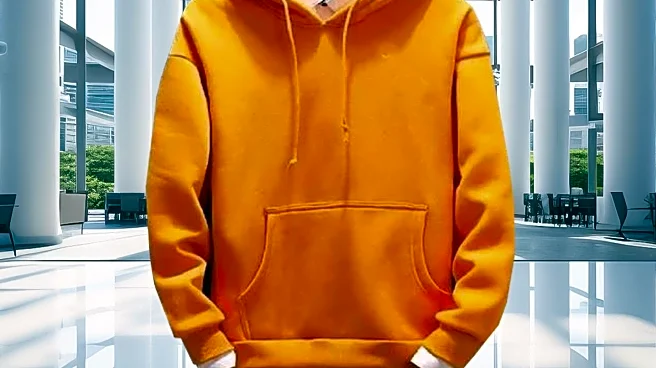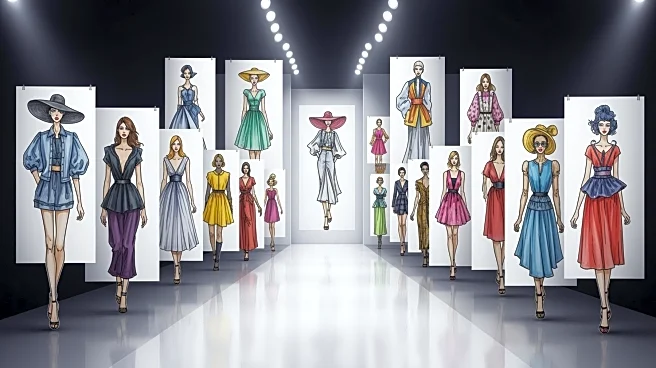What's Happening?
The hypebeast culture, once a dominant force in streetwear fashion, is experiencing a decline. Brands like Supreme, Stüssy, Palace, Nike, and FEAR OF GOD ESSENTIALS were central to this culture, characterized by high-priced, logo-emblazoned clothing.
Supreme, a key player, has seen a significant drop in revenue, indicating a waning interest in hypebeast fashion. FEAR OF GOD, led by Jerry Lorenzo, is distancing itself from the hypebeast image, focusing on more elevated fashion offerings. This shift reflects a broader trend in the fashion industry, where logo-mania and excessive flaunting of labels are becoming less popular. The decline in hypebeast culture is attributed to changing consumer preferences and the unsustainable nature of high resale prices.
Why It's Important?
The decline of hypebeast culture signals a shift in consumer behavior and fashion trends. As brands move away from logo-centric designs, there is potential for more sustainable and diverse fashion offerings. This change could impact the streetwear industry, which has been heavily reliant on exclusivity and high resale values. Brands that adapt to these new consumer preferences may find opportunities for growth in a more inclusive and varied market. The shift also highlights the cyclical nature of fashion trends, where styles come and go, influencing the strategies of fashion brands and retailers.
What's Next?
As hypebeast culture fades, brands are likely to explore new avenues to engage consumers. This may include focusing on quality, craftsmanship, and unique designs rather than relying solely on brand logos. The industry could see a rise in collaborations that emphasize creativity and innovation. Additionally, brands may invest in marketing strategies that highlight their cultural and ethical values to attract a more conscious consumer base. The evolution of streetwear could lead to a more diverse and sustainable fashion landscape.
Beyond the Headlines
The decline of hypebeast culture raises questions about the sustainability of fashion trends driven by exclusivity and high prices. It also reflects broader societal shifts towards valuing authenticity and substance over superficial branding. This change may encourage brands to reconsider their production practices and marketing strategies, potentially leading to more ethical and environmentally friendly approaches. The cultural impact of this shift could influence other industries, as consumers increasingly seek products that align with their values and lifestyles.













